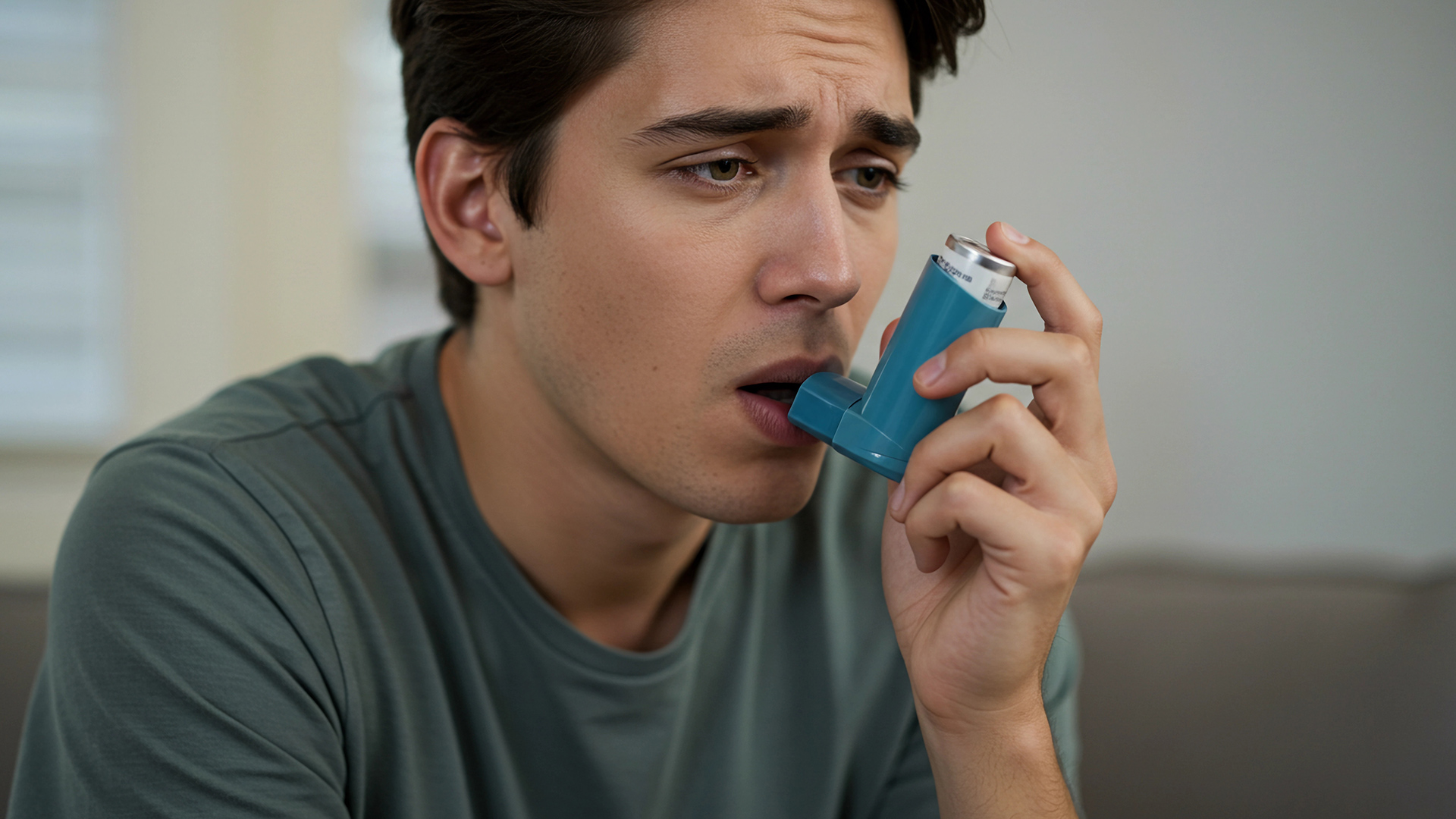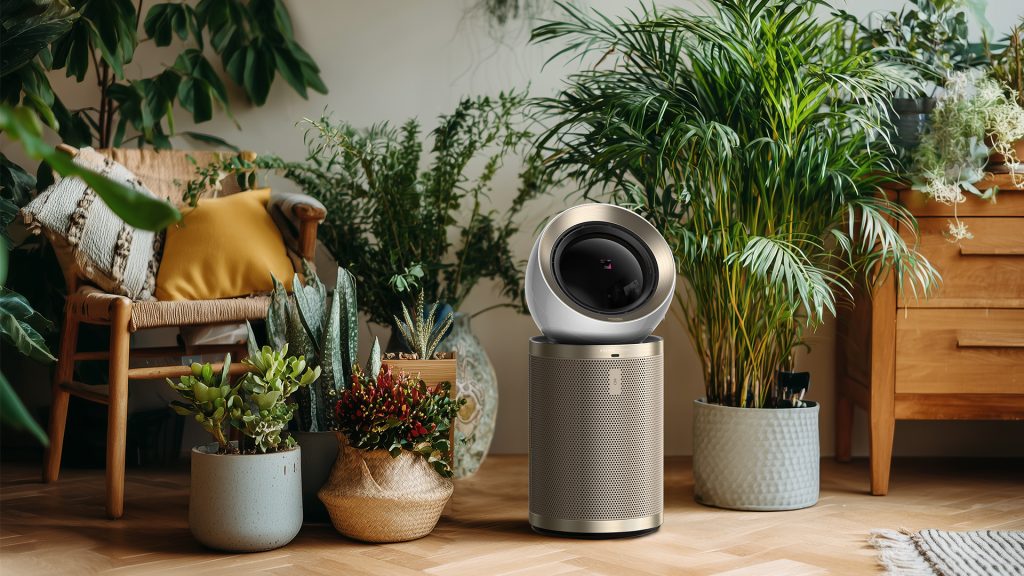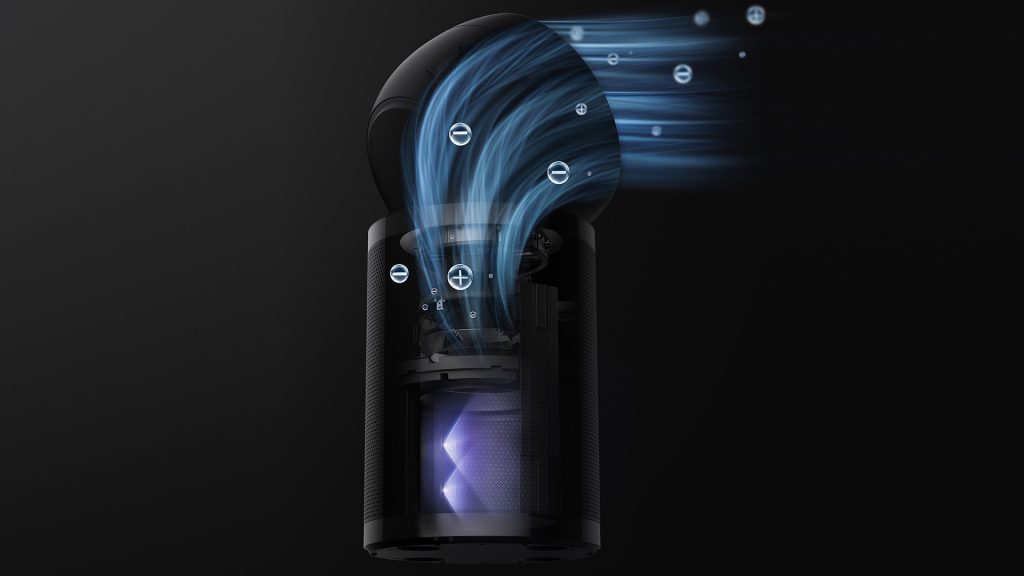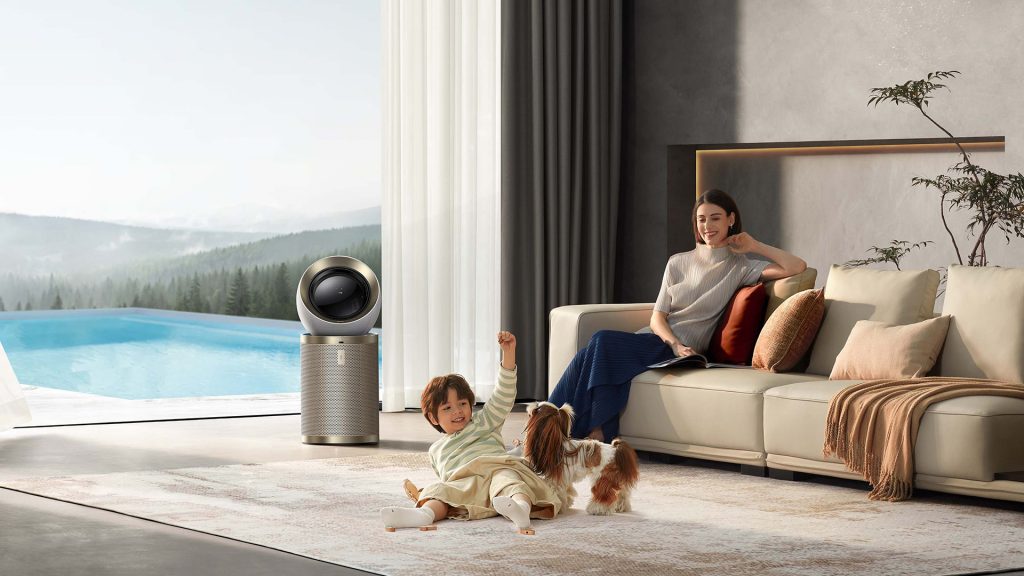
Do you often wake up coughing or wheezing every time? Chances are, your indoor air quality has been compromised due to dust or pollen. If you’re constantly sneezing and having watery eyes, you may be suffering from asthma.
Asthma is mostly triggered by culprits like pet dander or dust mites. However, there’s a solution: an air purifier. Air purifiers, especially HEPA models, can significantly reduce asthma symptoms when used as part of a comprehensive plan.
This blog examines whether air purifiers are beneficial for individuals with asthma, how they can help alleviate asthma symptoms, and offers practical tips to maximize their effectiveness.
Table of Contents
- Why Indoor Air Quality Matters for Asthma
- Can Air Purifiers Reduce Asthma?
- How Air Purifiers Work to Combat Asthma Triggers
- Key Factors to Consider When Choosing an Air Purifier for Asthma Symptoms
- How to Use Air Purifiers to Reduce Asthma Symptoms
- Myths and FAQs about Air Purifiers for Asthma Symptoms
- Conclusion
Why Indoor Air Quality Matters for Asthma
Maintaining good indoor air quality is crucial for your health. If you experience asthma, especially the allergic type, it’s usually caused by indoor air pollution.
Common Indoor Asthma Triggers
The most common indoor asthma triggers are:
- Dust mites: Found in bedding, carpets; thrive in humid environments.
- Pet dander: Microscopic skin flakes from cats, dogs, etc.
- Pollen: Tracked indoors from outdoor sources.
- Mold spores: Grow in damp areas like bathrooms or basements.
- Smoke: From cigarettes, fireplaces, or cooking.
- Volatile organic compounds (VOCs): From cleaning products, paints, or furniture.

Asthma Symptoms Overview
Here are a few signs that show you may have asthma:
- Wheezing: High-pitched whistling during exhalation, caused by narrowed airways.
- Shortness of Breath: Feeling unable to fully inhale, often worse during activity or at night.
- Chest Tightness: Pressure or squeezing sensation, signaling airway inflammation.
- Coughing: Persistent, especially at night or early morning, often with mucus.
Asthma is mostly caused by common indoor pollutants. According to a study, reduced coal emissions resulted in a decrease in asthma hospitalizations, highlighting the impact of air quality.
Can Air Purifiers Reduce Asthma?
If you’re wondering whether air purifiers can help with asthma, the answer is yes. Scientific studies show that they can significantly reduce symptoms by targeting common triggers in your indoor air.
Air purifiers work by using specific technologies to capture pollutants. The most effective models feature High-Efficiency Particulate Air (HEPA) filters, which are proven to trap microscopic particles like dust mites, pollen, pet dander, and mold spores. A 2012 systematic review found that using HEPA purifiers resulted in modest reductions in asthma symptoms, such as wheezing and nighttime coughing, by decreasing these indoor allergens.

More recent research reinforces this finding. A 2024 narrative review reported that HEPA filtration led to a 25–50% reduction in allergens and PM2.5, which correlated with 15–20% fewer symptom days for children with allergic asthma. This review also highlighted that purifiers with activated carbon filters can reduce chest tightness by filtering out smoke and volatile organic compounds (VOCs).
Consistent use, especially in the bedroom, is key to getting the most benefit. Both studies emphasized that running a purifier at night can effectively reduce nighttime symptoms like coughing and wheezing. In short, air purifiers can be a valuable tool for managing asthma by cleaning the air you breathe.
How Air Purifiers Work to Combat Asthma Triggers
Here’s how air purifiers work. Their fans draw air through filters that trap particles, then release clean air.
Filter Types and Symptom Relief:
| Filter Type | How It Works | Asthma Symptom Relief |
| True HEPA | Traps tiny particles (pollen, pet dander). | Reduces wheezing and coughing. |
| Activated Carbon | Absorbs gases, odors, and VOCs. | Eases chest tightness from chemical irritants. |
| UV-C | Kills bacteria and viruses. | Not for primary asthma symptom relief. |
| Ionizers | Causes particles to fall from the air. | Reduces wheezing and coughing. |
Please note that air purifiers cannot eliminate settled dust or mold sources. They should be removed with proper cleaning.
Key Factors to Consider When Choosing an Air Purifier for Asthma Symptoms
Here are some factors you should consider when selecting an air purifier, particularly for your asthma issues.
- The True HEPA Filter: Use H13 or H14 grade filters. Look for AAFA or AHAM certification. These help remove allergens that cause wheezing and coughing.
- Clean Air Delivery Rate (CADR): Match the CADR to your room size. For example, use 250 CADR for a 350 sq ft room. This ensures faster relief in bedrooms.
- Ozone-Free: Some ionizers produce ozone. Choose ozone-free purifiers to avoid worsening chest tightness or coughing.
- Activated Carbon: This is useful for VOC-related chest tightness. It’s a must in smoke-heavy areas.
- Smart Features: Auto mode adjusts to air quality changes. It helps during pollen spikes that trigger wheezing.
- Quiet Mode: Asthma sufferers need restful sleep. Choose models with noise levels below 60 dB.
Certain modern air purifiers, like the Dreame AirPursue PM20, meet all the factors we discussed above. Also, it features Even Purification Technology, which can help make every corner of the house asthma-free.

How to Use Air Purifiers to Reduce Asthma Symptoms
Here we provide a comprehensive approach to using air purifiers and other simple, everyday strategies to create a cleaner indoor environment and find lasting relief.
Maximizing Symptom Relief with Air Purifiers
- Place the air purifier in symptom-prone areas, like the bedroom to reduce nighttime coughing/wheezing and the living room to ease daytime shortness of breath.
- Run the purifier continuously on medium speed (as recommended by the EPA) to maintain low allergen levels.
- Leverage auto mode for real-time air quality adjustments, such as smoke spikes causing chest tightness.
- Replace HEPA filters every 6-12 months to sustain wheezing/coughing reduction.
- Clean pre-filters monthly to extend filter life and maintain airflow.
Complementary Strategies to Enhance Symptom Relief:
- Vacuum with HEPA filters to reduce dust that causes wheezing; wash bedding weekly in hot water (above 130°F).
- Replace carpets with hardwood to minimize dander-related shortness of breath; use allergen-proof mattress covers.
- Maintain 30–50% humidity with dehumidifiers to prevent mold-related coughing.
- Open windows when outdoor air quality is good to reduce indoor VOCs, which can cause chest tightness.

Symptom-Specific Tips:
- Nighttime coughing: Run a purifier in the bedroom 24/7; use hypoallergenic pillows.
- Seasonal wheezing: Increase purifier speed during pollen peaks.
- Chest tightness: Pair HEPA with carbon filters for VOC-heavy homes.
The key concept is that consistency is key. You should continuously run your air purifier to keep your allergies and asthma at bay.
Myths and FAQs about Air Purifiers for Asthma Symptoms
Common Myths:
Myth 1: “All air purifiers reduce asthma symptoms equally.”
Truth: Only True HEPA purifiers reduce wheezing/coughing by capturing allergens; ionizers may worsen symptoms.
Myth 2: “Purifiers eliminate the need for asthma medications.”
Truth: They reduce allergen-driven symptoms but don’t treat inflammation; meds are essential.
Myth 3: “Purifiers stop all asthma symptoms.”
Truth: They reduce airborne trigger-related symptoms (e.g., wheezing) but not non-airborne triggers (e.g., stress-induced breathlessness).
FAQs:
Do air purifiers help with nighttime coughing?
Yes, HEPA models reduce dust mites/pollen in bedrooms.
Can purifiers reduce wheezing during allergy season?
Yes, purifiers reduce wheezing by filtering pollen. Use high CADR models for maximum coverage.
Are purifiers effective for smoke-related chest tightness?
Yes, they feature activated carbon filters that trap VOCs/smoke.
How soon can I expect asthma symptom relief?
Typically, 1–2 weeks with consistent use, and as per user reviews.
Are purifiers safe for kids with asthma?
Yes, if ozone-free. Make sure to keep the cords secure.
Conclusion
Air purifiers with True HEPA filters can help reduce asthma symptoms, such as wheezing, shortness of breath, chest tightness, and coughing, by removing airborne triggers. Studies have shown symptom improvements of 15–50%. Always assess your home for triggers, like pets or mold, and invest in a high-quality air purifier to reduce specific symptoms.
Explore Dreame for more tips on home air quality.
References